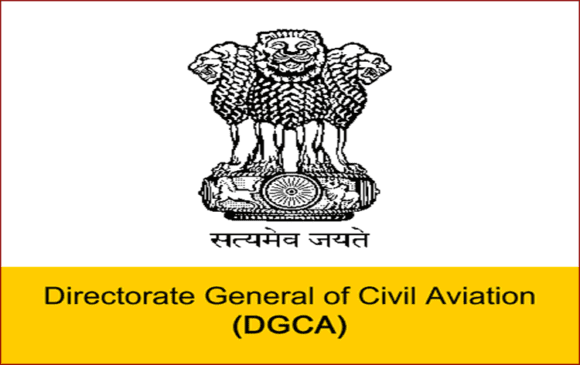The Singapore Airshow seems elegantly understated when compared with the brashness of Dubai, the bustle of Paris, or the more stoic nature of Farnborough. If Paris  2011 was the year of the neo, Farnborough 2012 the year of the MAX, Paris 2013 the year of the wide body, and Dubai 2013 the economic strength of the Middle East carriers, Singapore 2014 might be characterized as the quiet show.
2011 was the year of the neo, Farnborough 2012 the year of the MAX, Paris 2013 the year of the wide body, and Dubai 2013 the economic strength of the Middle East carriers, Singapore 2014 might be characterized as the quiet show.
The order books did not grow to the degree expected at the show, particularly for wide bodies. Expected orders from Singapore Airlines did not materialize, as sales campaigns could not be finalized in time for an air show announcement. Firm orders concluded at the show totaled 191 aircraft, as compared with 285 aircraft at the 2012 show, a drop of about 33%. But the value of those orders, buoyed by the 20 A380 sales (confirmation from an earlier show), reached $32 billion, up from $31 billion in 2012.
But after record numbers of aircraft orders at Dubai and Paris, we weren’t expecting that trend to continue. Neither, however, did we expecting such a quiet show from Boeing, with only 15 orders in total. When comparing the total orders and options booked at the show by manufacturer, it is clear that Boeing’s order book was the most disappointing.

Airbus brought an A350XWB flight test aircraft to the show, and Boeing brought a 787, making Singapore the first show with both aircraft on display. Airbus appears to be on target for introduction of the jet this year, and announced the flight test program is exceeding expectations. (We concur) Boeing also appears to be on target with the 787-9, which is also well into flight test and performing well. It is likely that we will see two on-time introductions for these new aircraft later this year, with the first A350 possibly being delivered ahead of schedule to Qatar and the first 787-9 to Air New Zealand.

While Doric Leasing, now called Amadeo, firmed up its prior LOI for 20 Airbus A380s, this was not breaking news, as it simply firmed up a deal struck at Paris with an LOI. While the firm order is important for the A380 program, which has generated few sales outside of Emirates, it will not be a game-changer nor rescue the program from lagging sales. With new competition that provides better seat-mile economics, the need for an A380neo has become critical for Emirates’ continued support, but no decision to re-engine or stretch the aircraft was announced at the show.
The largest order announced at the show was from VietJet for Airbus narrow-bodies. The low cost carrier in Vietnam ordered 42 A320neo (engine to be selected), as well as 14 A320ceo and 7 A321ceo, both powered by CFM. The carrier also placed 30 options with Airbus for additional neo models. Given the selection of CFM for the ceo though, it is noteworthy that CFM did not see its LEAP selected yet for neo.
The second largest order came from Embraer, which was successful in penetrating the Indian market with recent start-up Air Costa, which ordered 50 and optioned 50 E2-175 and E2-195 jets from Embraer. Air Costa is a full service, 2-class, regional carrier based in the southern region of India, described more fully in a recent podcast with Devesh Agarwal of Bangalore Aviation.
ATR was also successful at the show, and signed a major order with Dubai Aerospace for 40 ATR-72-600 models for leasing, as well as an order for 6 additional aircraft from Binter Canarias, a long time ATR operator in the Canary Islands.
Bombardier signed an order for 3 additional CSeries with an existing customer, bringing the firm order total for the program to 201. With the recently announced program delay, potential CSeries customers Lion Air and Qatar both appear to have put discussions on the back burner. Bombardier also reached an agreement with an LOI for 12 CRJ-900 models from a Middle East and Africa-based undisclosed customer, as well as 2 additional orders for the Q400 turboprop.
Boeing’s lone order at the show was from Thailand’s Nok Air. The low cost carrier ordered 8 737-800NGs and 7 MAX-8 models. Noticeably missing were any orders for 787 and 777-X wide-body models at the show, particularly since Asia is the fastest growing market for wide-body aircraft.
The Bottom Line
The Singapore Air Show remains important because of the high level airline visitors from Asia and decision makers that attend. While not as many decisions were finalized this year, the show provided an opportunity to compare 787 and A350 side by side, and the order book highlighted the emergence of non-traditional customers in Asia, in VietJet, NokAir, and Air Costa, which dominated the orders. The world of the traditional national carriers in Asia has changed markedly, and is continuing to evolve. The success of these new players, just as the Middle East’s big three, could change the face of the industry over the next decade.
Views: 0



